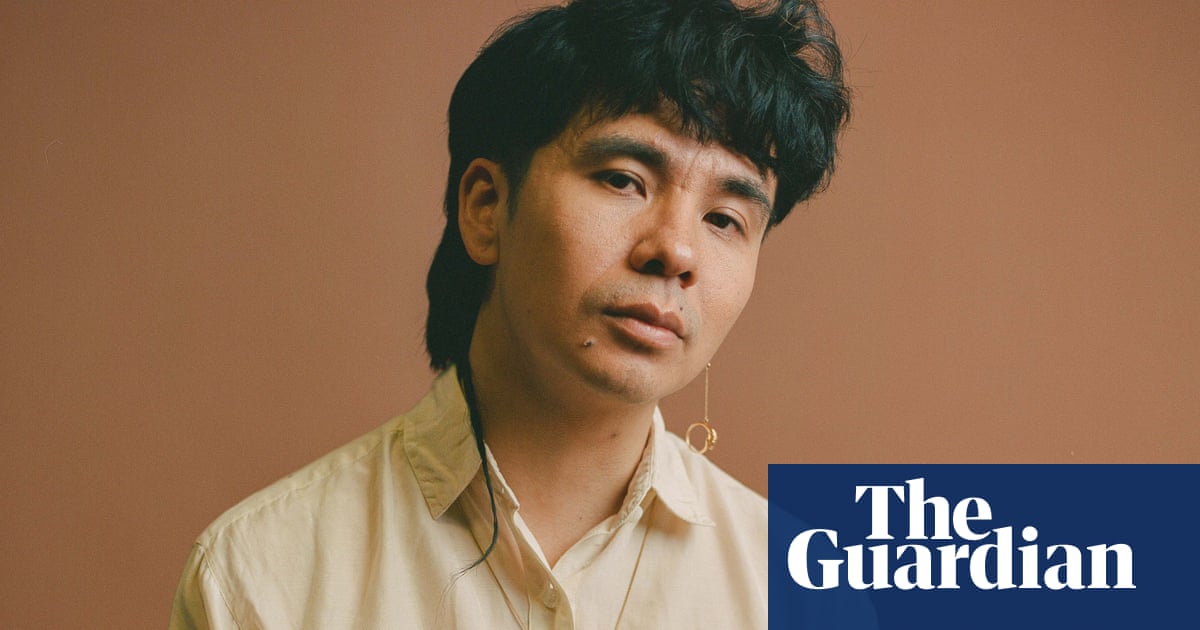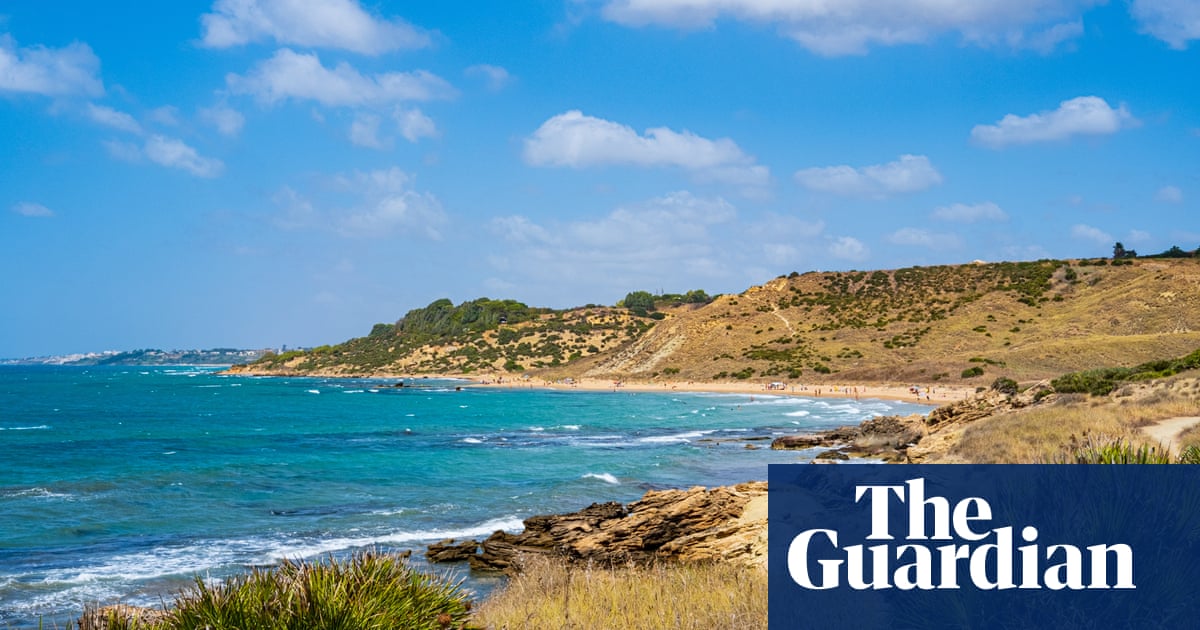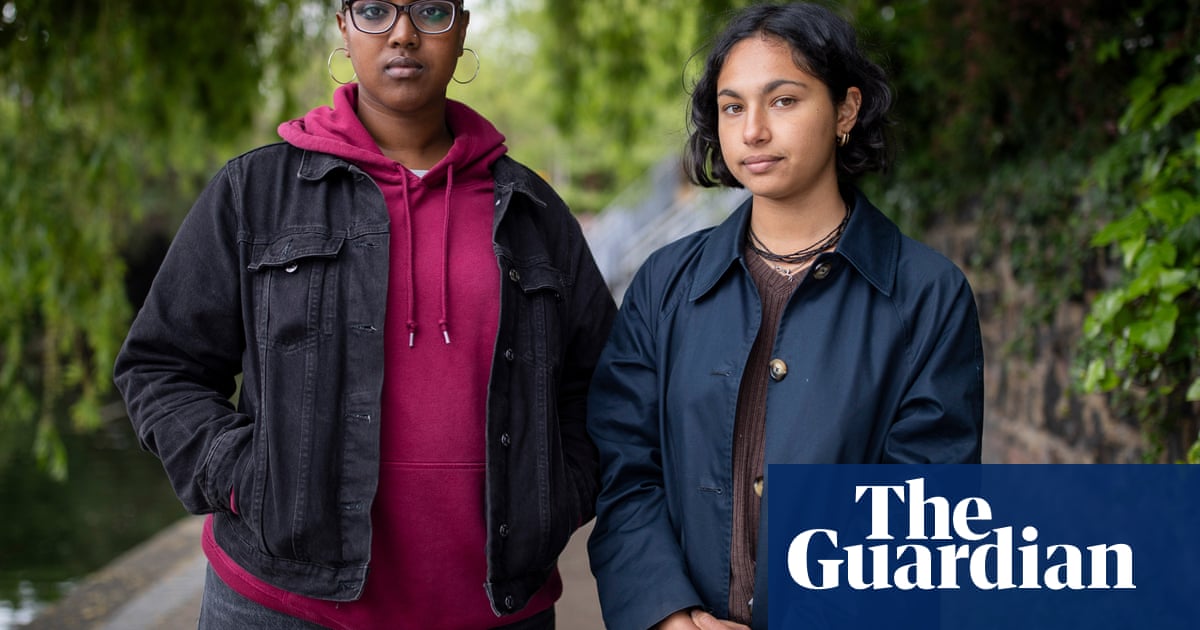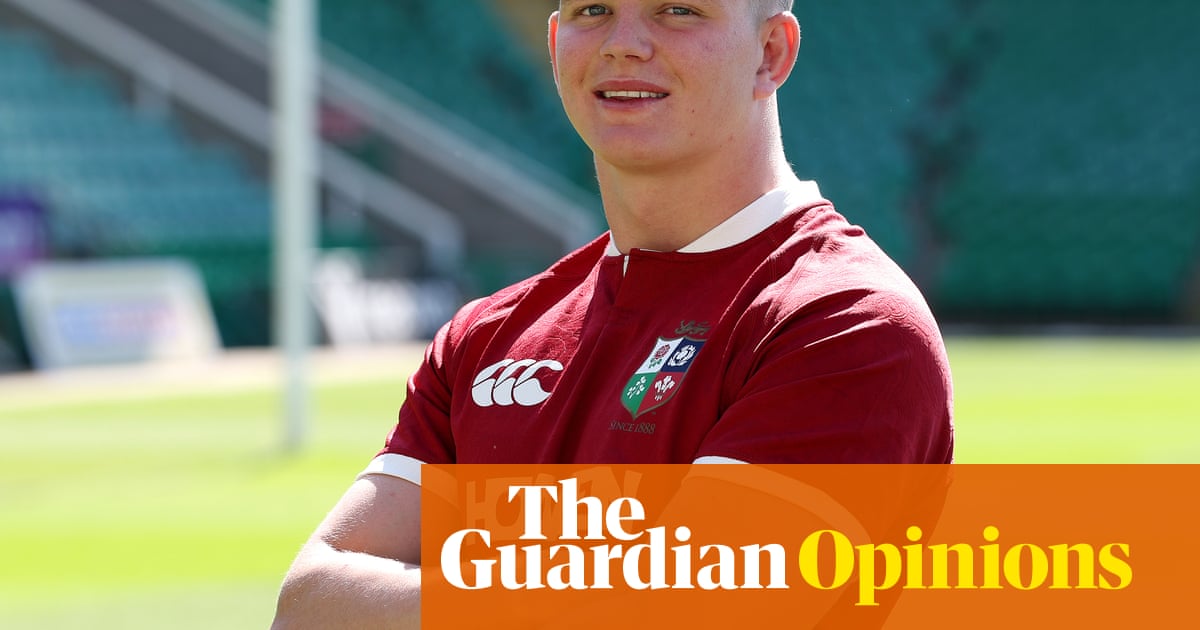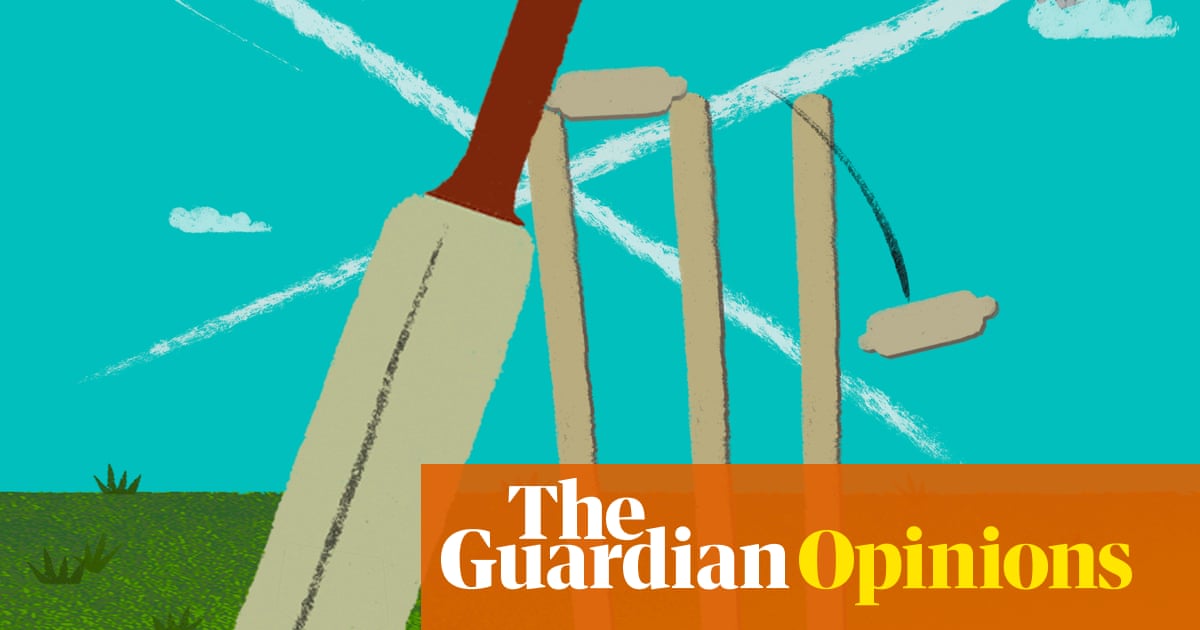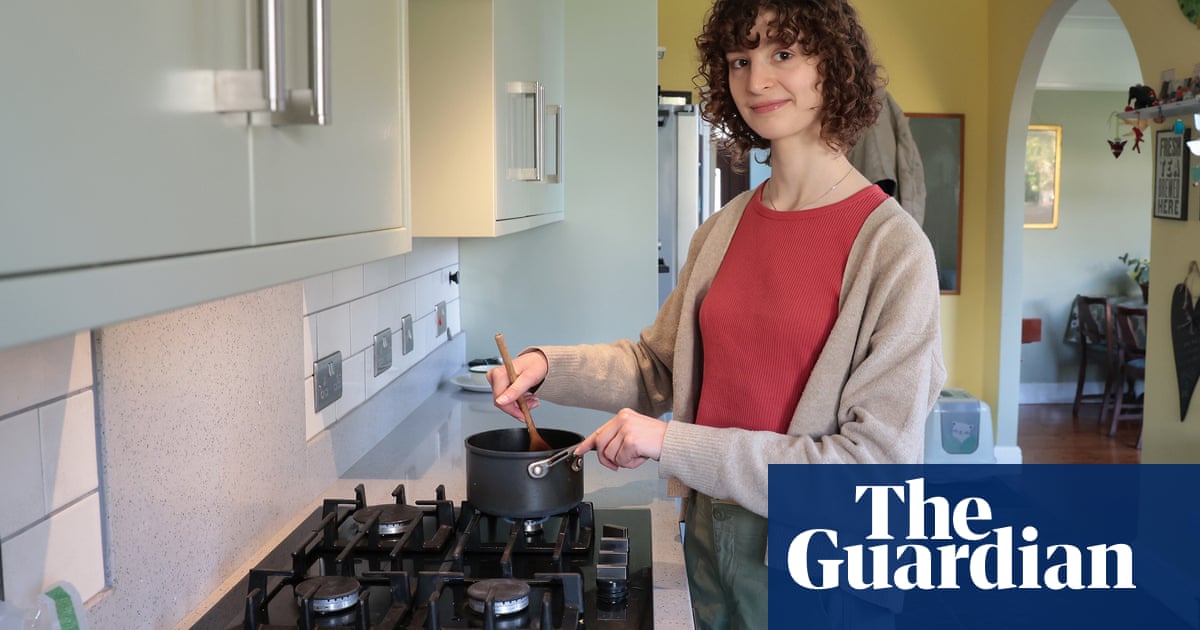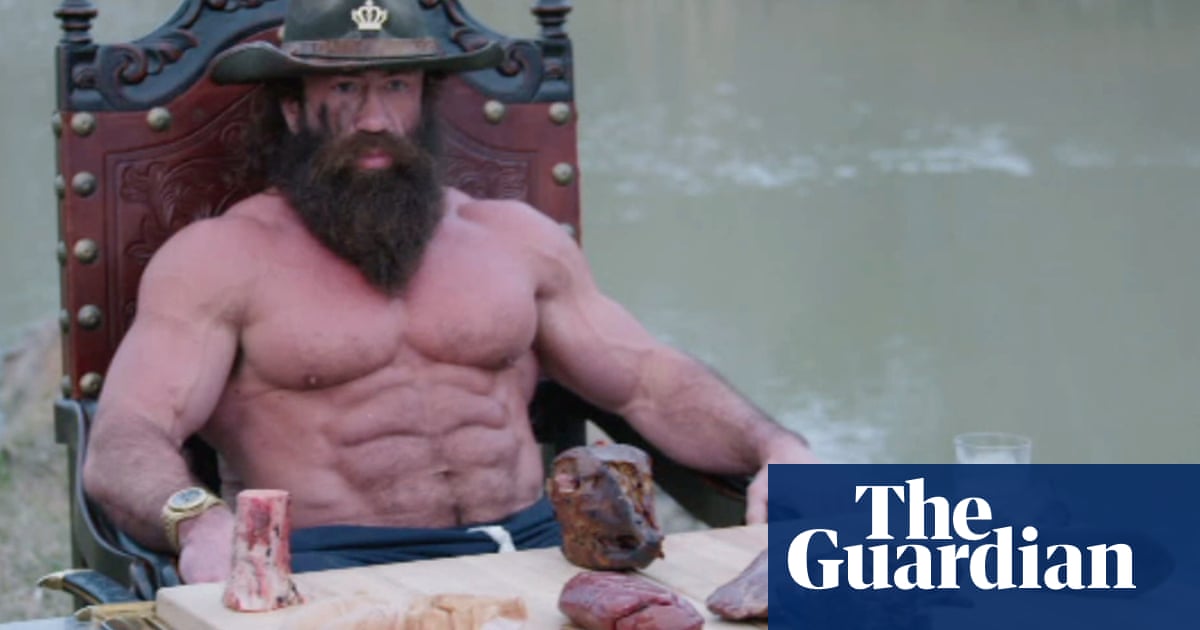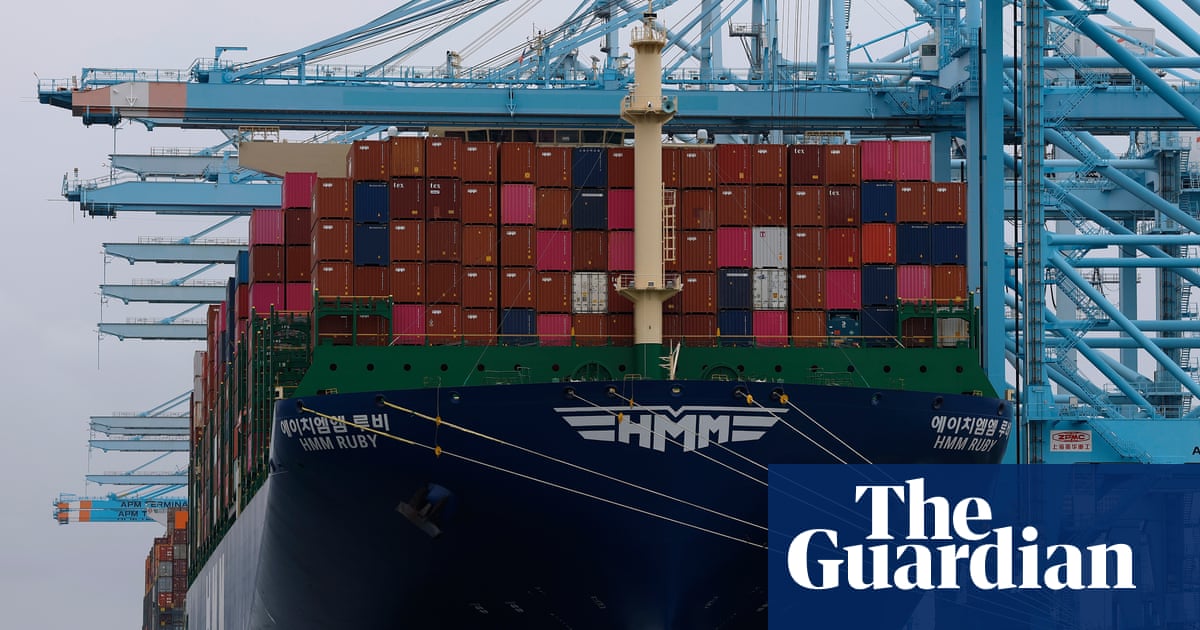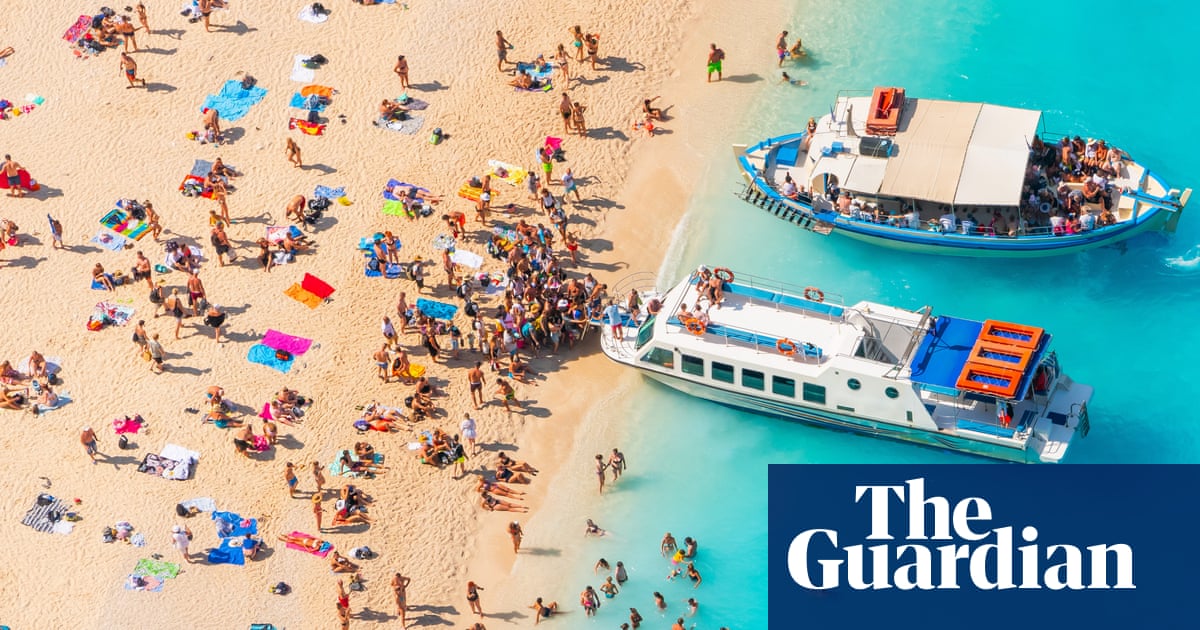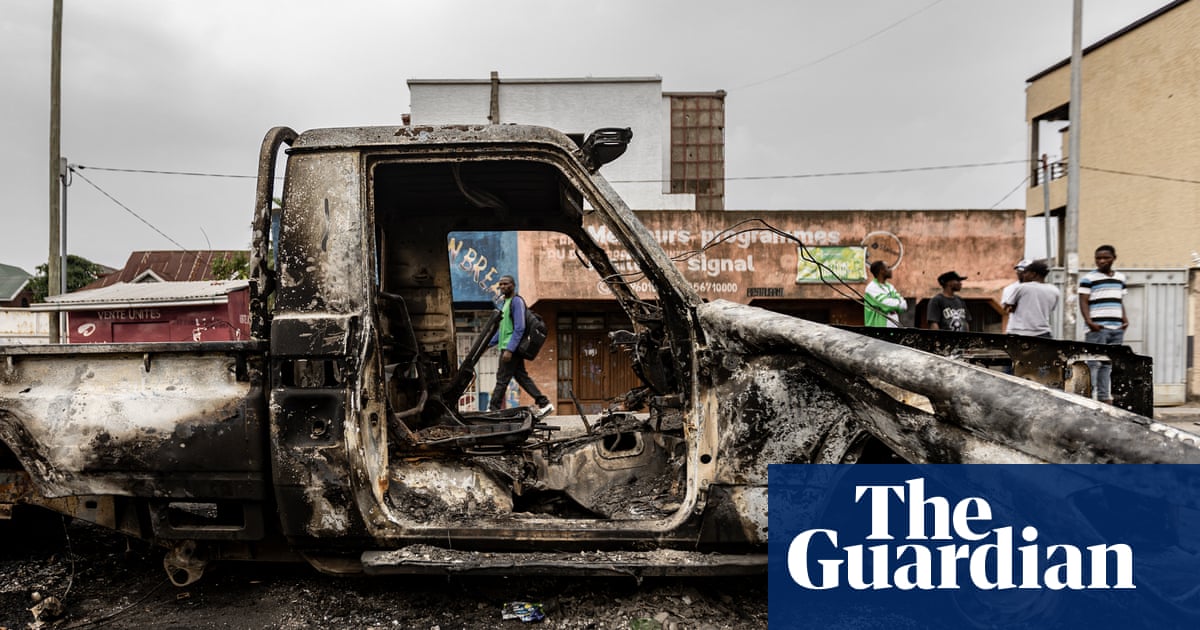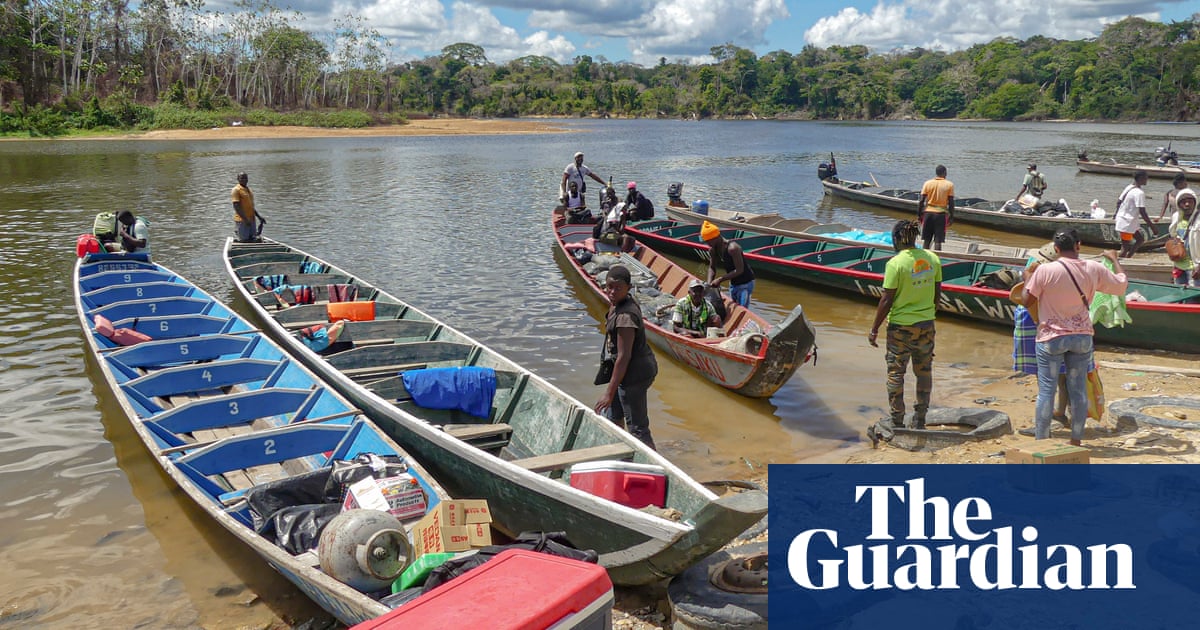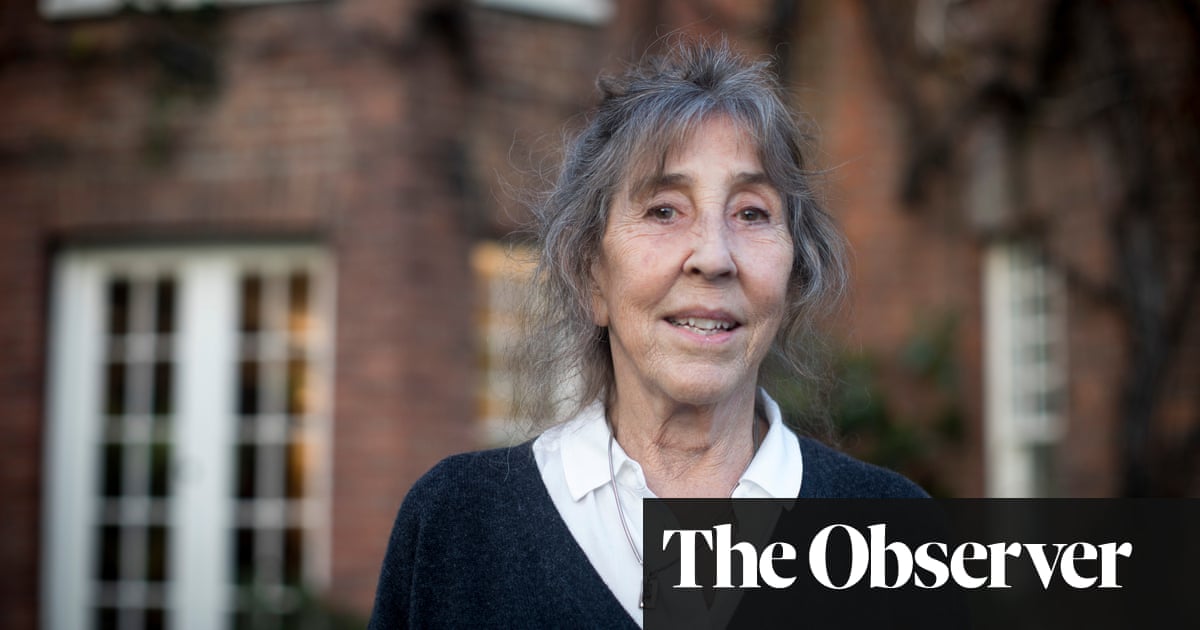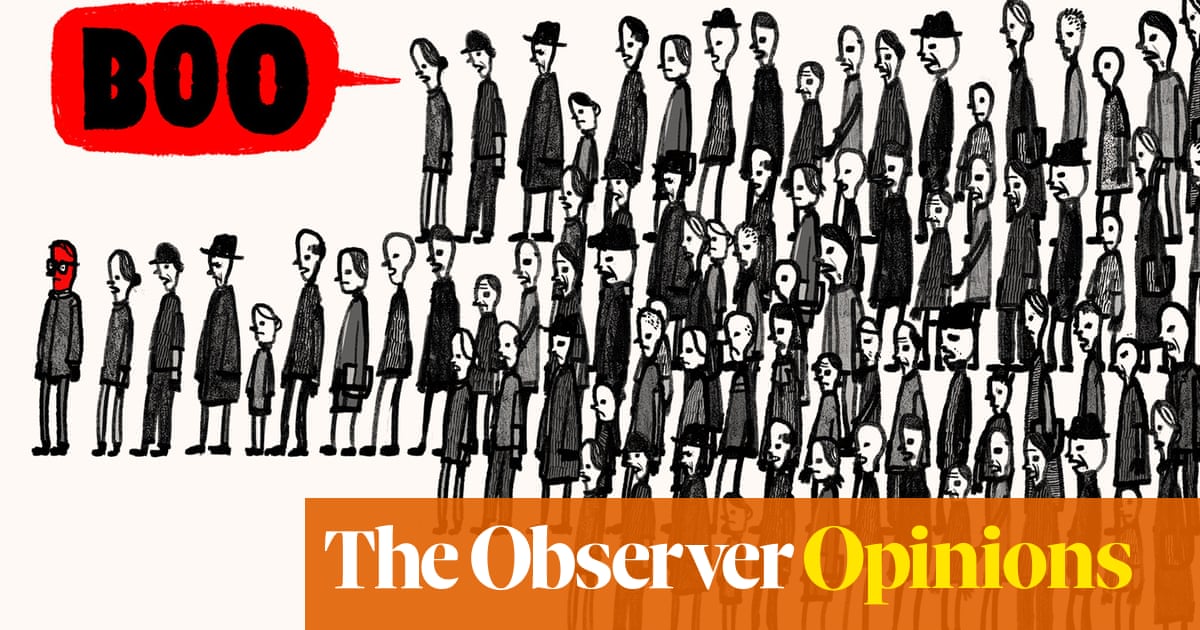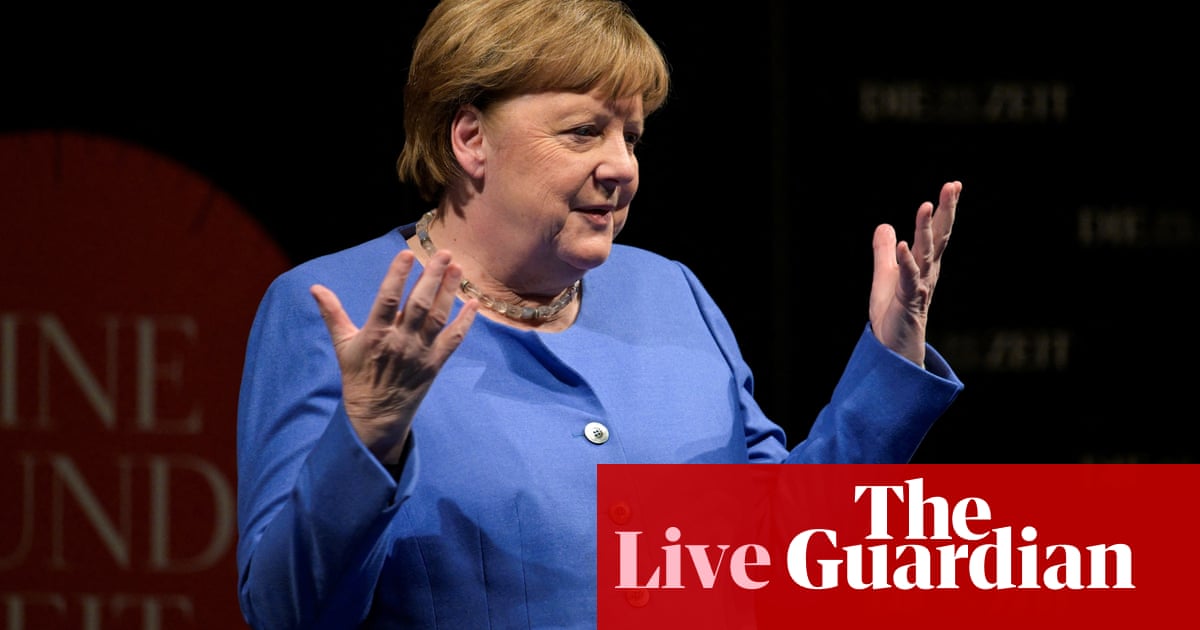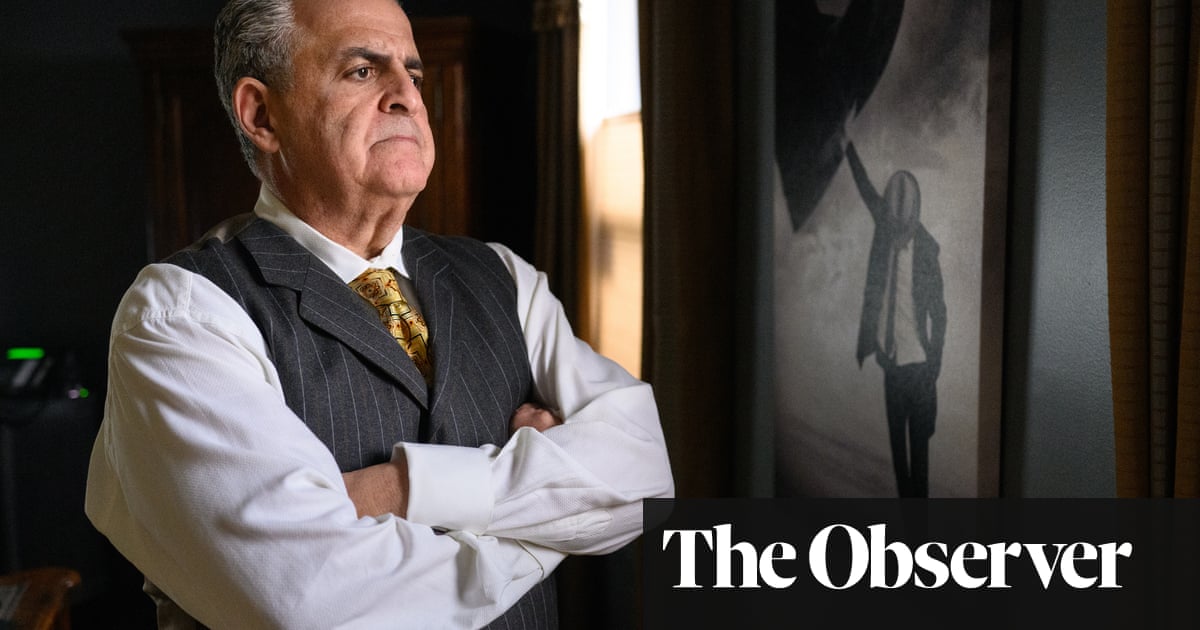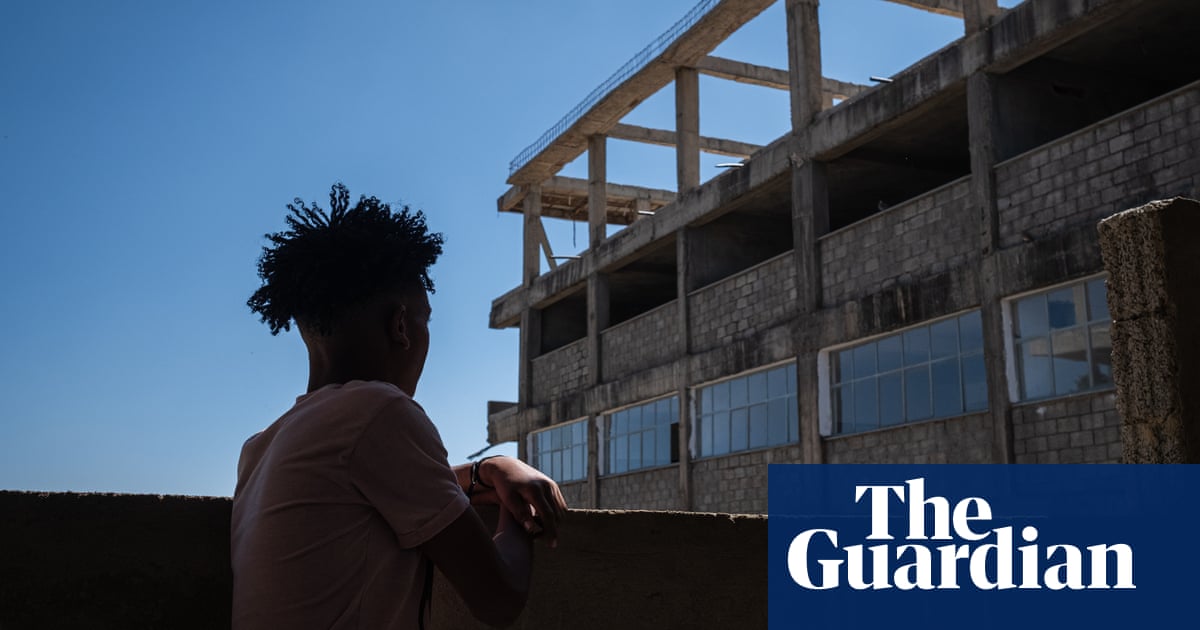In the sleepy Nigerian port town of Koko, the reminder of a forgotten invasion by the British more than a century ago has itself been forgotten.
A statue of Nanna Olomu, the Nigerian merchant prince forced into exile by the British in Accra in 1894, stands outside the bungalow where he lived from when he returned in 1906 until his death 10 years later. Officially known as the Nanna Living History Museum, the building was designated a national monument in 1990.
“[It] is the only living history museum among the 52 museums under the supervision of the national commission for museums and monuments,” said Henry Erikowa, who was the museum’s secretary when it first opened in the 1970s and now serves as chair of its advisory board.
The exterior looks well-preserved and has a recent coating of Nigeria’s green and white colours, thanks to a 2022 renovation. But the inside betrays underfunding: there is no public toilet or cooling system for the artefacts, which include items gifted to Olomu by colonial administrators. Termite infestation is also an issue in one of the wings. When the Guardian visited, there was no electricity so the room where his tomb lies had to be illuminated by torchlight.

About 100km away in Benin City is the shiny new campus-style Museum of West African Art which opened last November. When complete, it will hold dozens of bronzes that have been in European museums since they were looted by British troops in 1897. It is one of several local museums being built or renovated as the global debate over reparation and restitution for colonial-era crimes continues.
Some hope the wave extends to Koko, where things are bleak.
“The federal government is trying, but they are far away,” said Ibrahim Kadiri, a museum education officer. “Most of the time when we want a little money to do one or two things, we have to start begging.”
At its peak, the ancient Benin empire traded with the Portuguese and British on the adjourning Gulf of Guinea. After the Berlin partition and the accompanying scramble for Africa, Britain was eager to exert more control on West African trade.
“The British always have their own interests and … their interests supersedes every other interest,” said Kadiri. “They already knew what they wanted to do in Africa.”
Olomu, an oil palm magnate and middleman for both empires, was also chief of the Itsekiri, a minority ethnic group, with links to their neighbours in the Benin empire and the Portuguese, midway into an interregnum that eventually lasted 88 years.
Even today, dozens of cattle descend from Nanna’s herd roam Koko, which got its name from his massive cocoyam farm. His wealth and weapons consolidated his authority, irking the British who claimed he was obstructing free trade.

Three years before the well-known invasion of Benin, the British in 1894 launched a lesser-heralded punitive expedition in Ebrohimi, the capital of Olumu’s trade. The incident made Nigerian and British newspapers at the time.
“They [British] brought four warships from South Africa and they were bombarding Ebrohimi from afar, indiscriminately,” said Kadiri. “The rules of engagement were not applied.”
The British put a bounty of £500 pounds (about £77,000-£80,000 today) on Olomu when he escaped during the invasion. After his capture and trial, some of his possessions and armoury were auctioned off to pay for naval expenses. Others including flags, guns and swords were taken to London.
When Allegra Ayida, Itsekiri historian and doctoral candidate in history at Yale University, recently saw some of the items in storage and on display at the National Maritime Museum in London, she was proud of their “international visibility” but resented having to “travel thousands of miles to view these objects”.
“As an Itsekiri historian, I am intimately aware of the violence of their removal during colonial expeditions,” added Ayida, a descendant of Olomu. “These objects … so rich in history and significance, are disconnected from the community that created them.”

The Koko museum’s board said discussions were ongoing about the possibility of getting artefacts back from the UK. “[We have] to continue pressing for the return of our properties,” said Erikowa, who is also custodian of the Itsekiri royal cemetery in Ijala-Warri.
Experts such as Ayida say the discourse on reparation needs to extend beyond the “general oversimplification of British colonial history in west Africa that tends to focus on Benin” to include other overlooked groups, and foster healing of historical wounds everywhere.
On the other side of the debate are those who say artefacts should be left abroad until the country’s museums are better equipped to hold them. Many of the Itsekiris say that line of reasoning prevents communities in former colonies from owning and telling their stories.
“I believe this argument is too often used to stall meaningful restitution … instead, restitution efforts should be coupled with support for capacity-building in local institutions” said Ayida. “It is a disservice to history and justice to assume that these items are better kept abroad, as such views perpetuate colonial-era paternalism.”

 3 months ago
43
3 months ago
43
